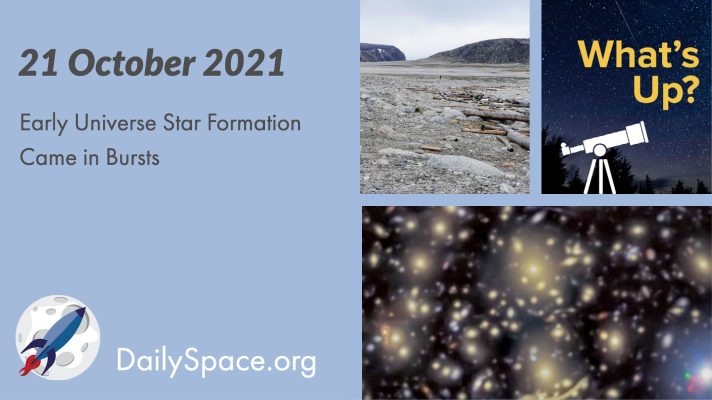
Oct 22, 2021 | Climate Change, Daily Space, Earth, Galaxies, Globular Cluster, Mars, Moon, Science, Sky Watching
Researchers looked at lensed galaxy systems, searched for nearby analogs to those distant systems, and found that in general, the systems showed signs of bingeing star formation and then quiet lulls. Plus, using tree rings to track Arctic ice changes, and this week’s What’s Up.

Oct 20, 2021 | Asteroids, Daily Space, Globular Cluster, Jupiter, Lucy, Our Solar System, Spacecraft, Supernovae, Titan
Today we whirl through some of the stories that happened last week while we were on hiatus, including pretty images of two galaxies merging and a lovely supernova, as well as news about moons Europa and Titan. Plus, we interview Dr. Julie Rathbun, a senior scientist at the Planetary Science Institute.
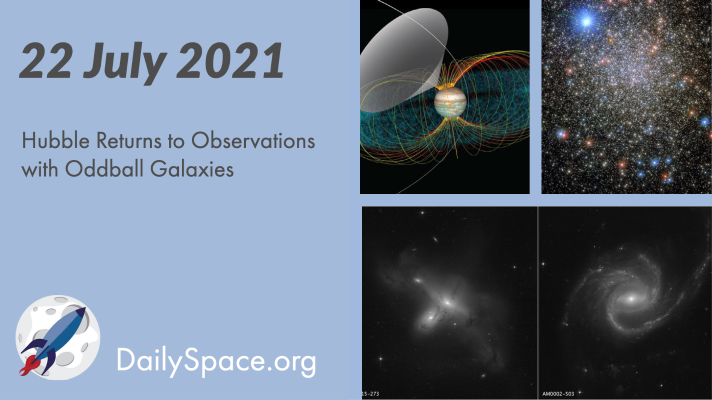
Jul 23, 2021 | Conferences, Daily Space, Exoplanets, Galaxies, Globular Cluster, Jupiter, JWST, Perseverance, Sky Watching, Spacecraft, Spitzer, Stars, White Dwarfs
After several weeks of trying different methods, the operations team successfully revived the stalwart Hubble Space Telescope, which experienced a payload computer fault back on June 13. The first images taken were of several unusual galaxies. Plus, Jupiter’s moon Io triggers radio emissions from the giant planet, and this week, What’s Up returns with a look at the Summer Triangle.
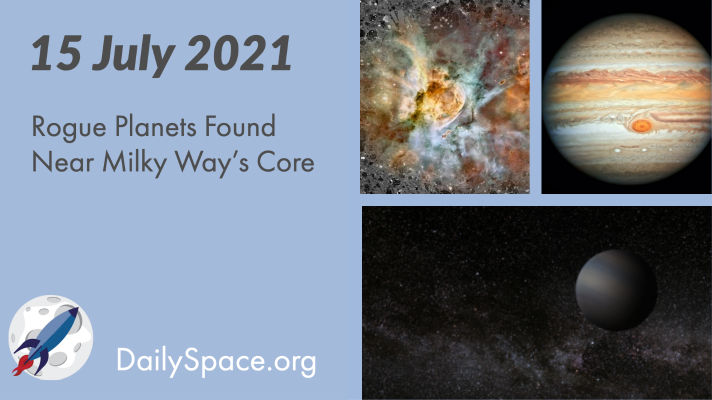
Jul 16, 2021 | Asteroids, Black Holes (Stellar), Conferences, Daily Space, Earth, Exoplanets, Globular Cluster, Jupiter, Kepler, Mercury, Our Solar System, Stars, Supernovae
Using data collected by NASA’s Kepler Space Telescope, scientists have found four free-floating, or rogue, planets near the core of the Milky Way. These planets formed in discs in other planetary systems and were thrown out by gravitational interactions with larger planets. Plus, the early solar system, including ancient Earth, Jupiter’s chemistry, and Mercury’s core.
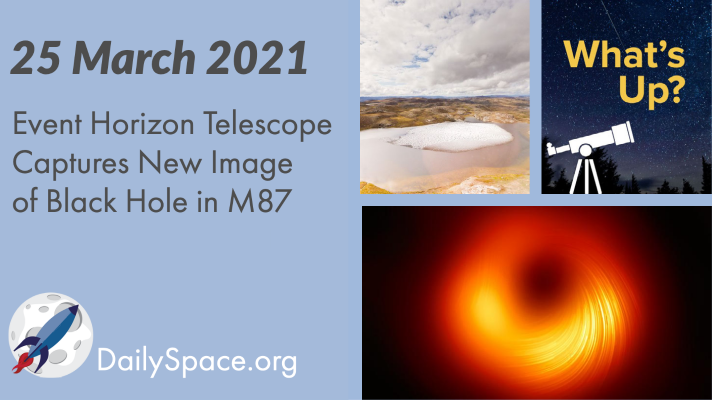
Apr 5, 2021 | Climate Change, Daily Space, Earth, Globular Cluster, Jupiter, Moon, Science, Sky Watching, Star Forming Region, Stars, Supermassive Black Holes
The Event Horizon Telescope collaboration released a new image yesterday that shows the black hole in M87 once again, but this time, with new details. Using polarized light, the team was able to capture photographic evidence of magnetic fields. Plus, Jupiter’s winds, baby stars, fossilized plants under Greenland’s ice, and our weekly What’s Up segment.
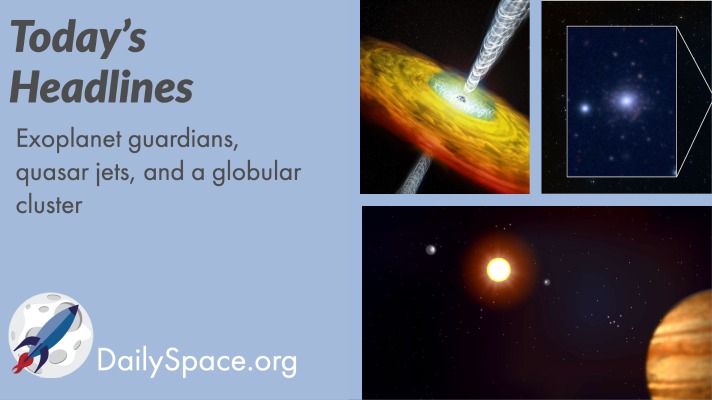
Oct 16, 2020 | Daily Space, Exoplanets, Globular Cluster, Quasar, Supermassive Black Holes
Today we look at three astronomical stories! First, simulations show that rocky Super-Earth sized exoplanets have a Jupiter-sized guardian. Then a study of over 700 quasars shows they form because of… magnetic fields, of course! And finally, spare observation time leads to the discovery of a metal-poor globular cluster near the Andromeda Galaxy.








 We record most shows live, on Twitch. Follow us today to get alerts when we go live.
We record most shows live, on Twitch. Follow us today to get alerts when we go live.